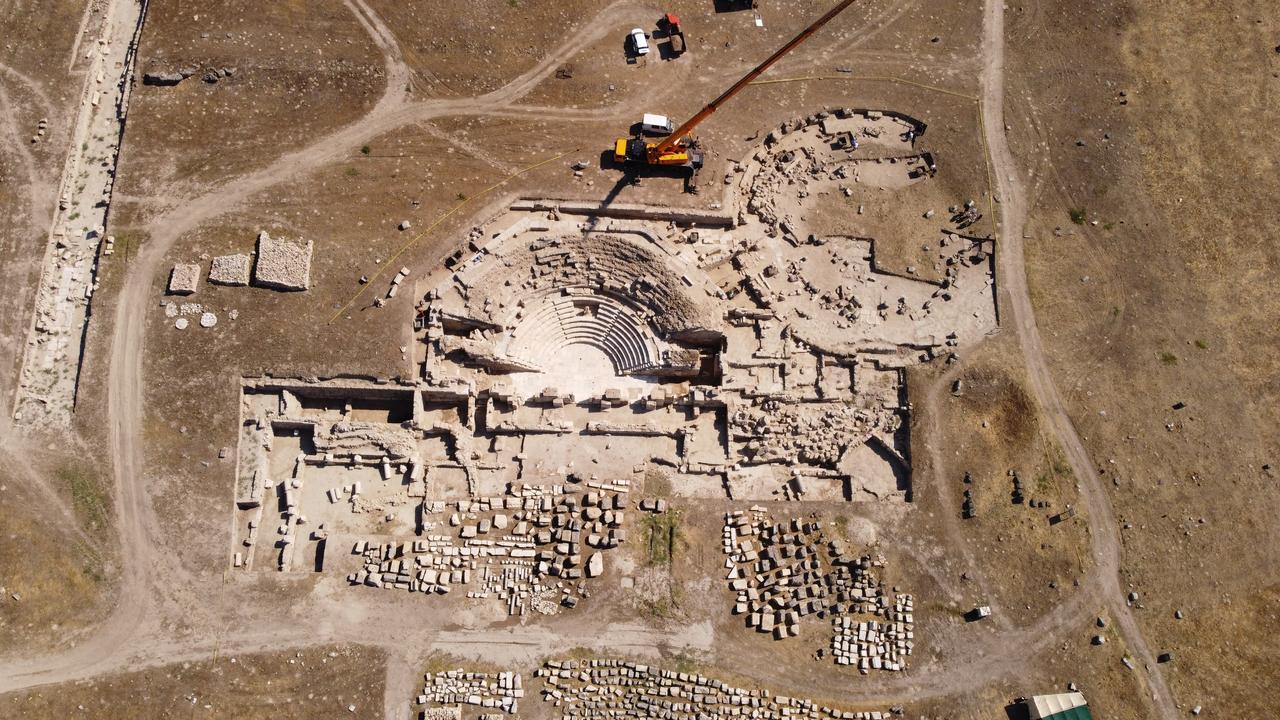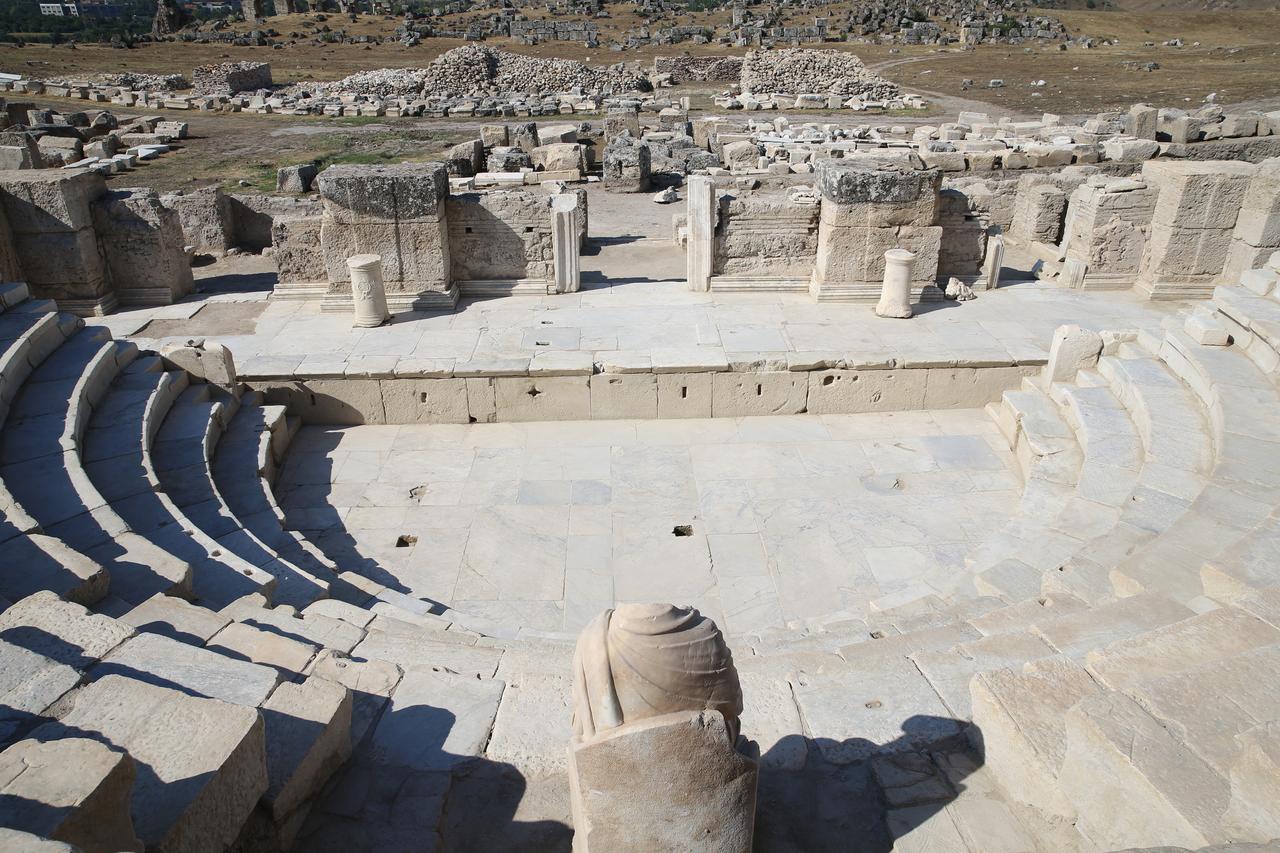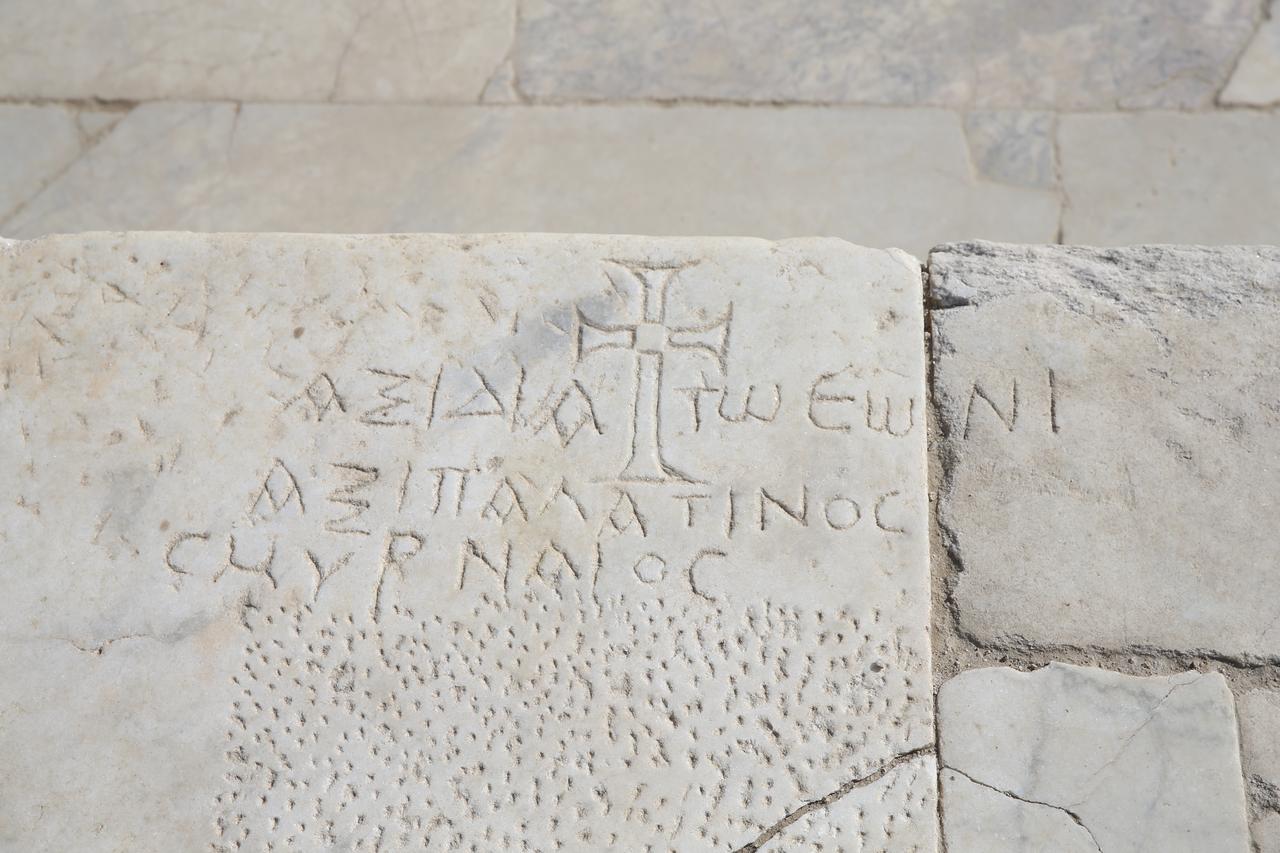
Archaeologists in southwestern Türkiye have unearthed a remarkably preserved council building in the ancient city of Laodicea, shedding light on the political life of a city that once thrived under Roman rule.
The discovery, part of ongoing excavations in Denizli province, marks a major milestone in more than two decades of archaeological and restoration work.

The structure, dating back to the late first century B.C., is believed to have served as the administrative and judicial hub of Laodicea. Researchers determined that the assembly hall could host between 600 and 800 members, where elders, youth, and citizens met to govern the city.
Names engraved on the seats helped identify their roles, while a seated statue—likely of the city’s chief judge—featured a later-added head, suggesting changes in leadership over time.

Excavations revealed that the council building had a distinctive design, with pentagonal outer walls and a hexagonal interior, a layout not previously recorded in ancient Anatolia.
The building remained in use until the seventh century A.D. and was surrounded by key urban features, including a political agora, archive halls, a large bath complex, and the region’s biggest stadium.

Once a vibrant center stretching back to 5,500 B.C., Laodicea has yielded significant archaeological finds over the years. Among them are frescoed travertine blocks, a nearly 10-foot statue of Roman Emperor Trajan, the ornate Traian Fountain, a priest’s head sculpture, and a dramatic group depicting Scylla, the mythical sea monster from Homer’s Odyssey. These discoveries collectively highlight Laodicea’s status as a leading Roman administrative and judicial center.